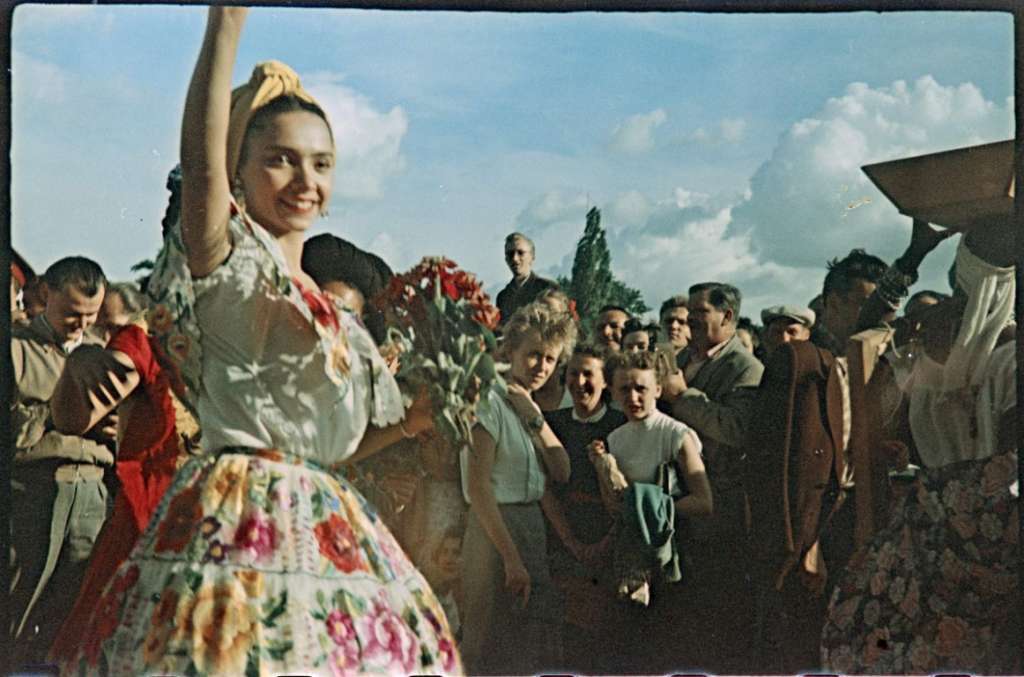Collection of memorabilia from the 1955 Youth Festival

Starting in May 2024, once a week, the Warsaw Museum in the Old Town Square will host a standby service. The organizers invite every Wednesday starting May 8 From 10 a.m. to 3 p.m. at the museum's Lapidarium, and in case of inclement weather at the Same Fusy cafe.
Dear Sirs,
Warsaw Museum launches collection of memories and memorabilia from the 5th Youth Festival
and Students of 1955. Organizers are looking for people to talk about their memories, debunk legends or bring memorabilia that connects
With the Festival. The collected stories and loaned items will complement a major exhibition on the events of 1955, which is being prepared for the summer of 2025.
The 5th World Festival of Youth and Students, held in Warsaw in the summer of 1955, is regarded as the most spectacular event of the time. Some 30,000 people from 114 countries around the world came to Warsaw at the time. For two weeks, numerous concerts, exhibitions, meetings and lectures were held throughout the capital. Most participants were able to see and meet a person from another continent for the first time. The attractions were the Palace of Culture and Science and the 10th Anniversary Stadium, which were put into use the same year. The public space was decorated with large-format painting productions. The festival was organized amidst the remains of the ruins of the constantly rebuilding city: it was a two-week carnival of multiculturalism, anticipating significant political and social changes. It was supposed to show the superiority of socialism over capitalism; in fact, it was a generational experience of people growing up in the post-war reality.

In the summer of 2025, on the occasion of the 70th anniversary of the Youth Festival, the Warsaw Museum will open a major exhibition dedicated to the events of that time. In addition to recreating the social history of the Festival, the exhibition will touch on such themes as the importance of social advancement in the 1950s, the construction of socialist Warsaw, the end of socialist realism in art, new visuality in public space, the beginnings of decolonization and the importance of the actual "permeability" of the Iron Curtain. The Festival is most often talked about very enthusiastically. One interpreter years later recalled August 1955 as "two weeks of boundless happiness." It was also the moment when many so-called urban legends were created. Perhaps, thanks to the involvement of the public, we will be able to confront the most important of them," says Zofia Rojek, co-curator of the exhibition.
In connection with the exhibition we are preparing, we are launching a collection - we invite people attending the Festival to meet with us to tell us about their memories and experiences, and to share festival memorabilia that will contribute to the exhibition story," he adds.
